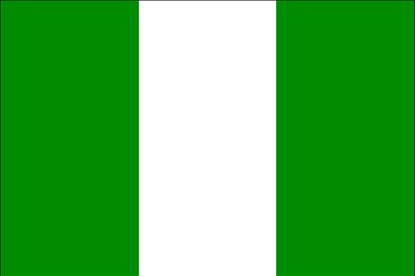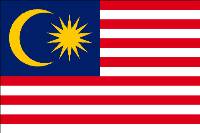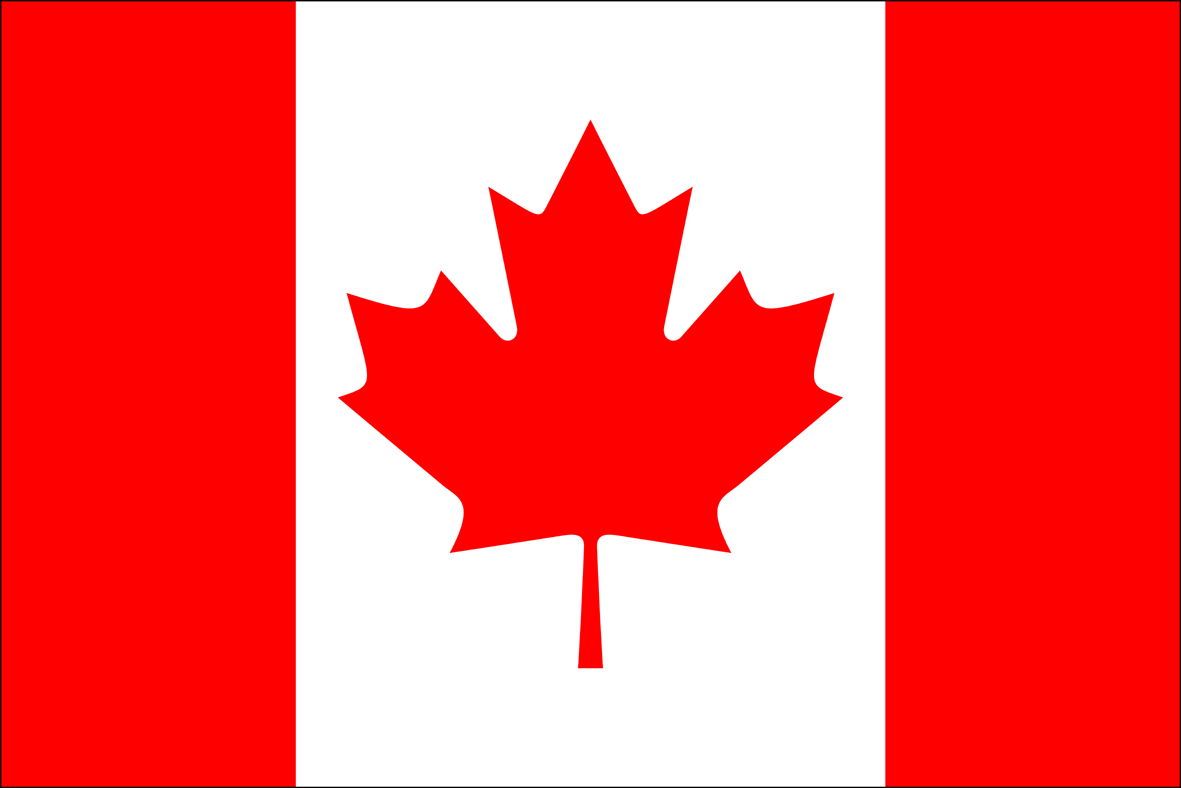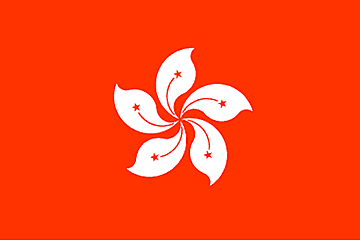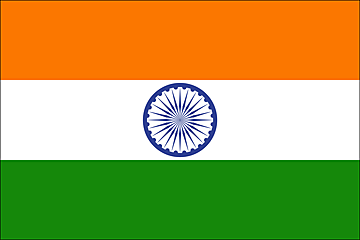Nigeria is the beating heart of West Africa and the most populous country in the whole of Africa. For centuries it remained a collection of small states and loose kingdoms, until first the Portuguese arrived, and then, in the 19th century, the British. By the 20th century, Britain had extended control over the entire region, and the newborn colonial Nigeria was divided into two- a southern Christian colony and a northern Islamic protectorate.
A mixture of nationalist fervor and British legislation secured Nigeria's independence in 1960. This, however, proved to be the beginning of a destabilizing period marked by ethnic clashes and violent coups which, over the coming decades, left millions in famine. Only in 1998 with the arrival of new president Olusegun Obasanjo did the country begin to look up. He was partly successful at revamping Nigeria's place in the international system, proved by the country's current leading role in the Commonwealth, though despite the cancelling of Nigeria's debts, Obasanjo's economic work generally met poorer results.








